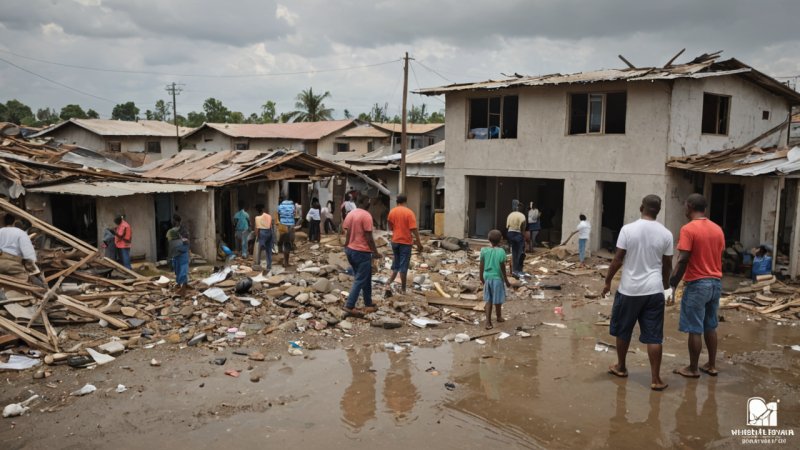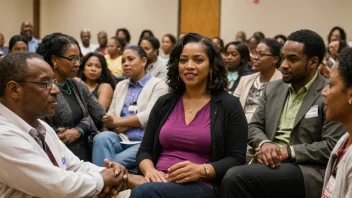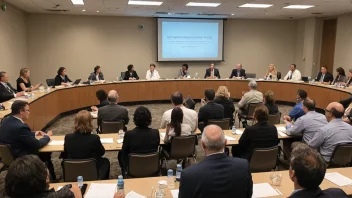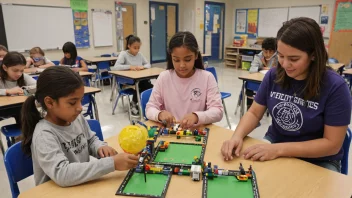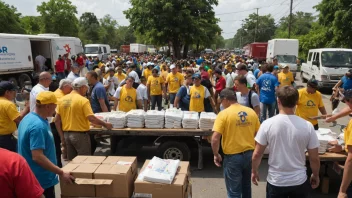When disaster strikes, the impact can be overwhelming, but local communities are often the first line of defense. The ability to provide effective disaster relief hinges on how well a community is prepared and how quickly it can mobilize its resources. This article highlights the importance of local involvement in disaster relief efforts and outlines practical steps that communities can take to enhance their response capabilities.
To begin, understanding the unique characteristics of a community is essential for effective disaster relief. Each area may face different risks, whether from natural disasters like floods, earthquakes, or human-made crises. Conducting a risk assessment can help identify vulnerabilities and prepare tailored response strategies. Engaging residents in this process can foster a sense of ownership and commitment to disaster preparedness.
Community engagement is vital in creating a network of support during a disaster. Local organizations, schools, faith groups, and businesses should collaborate to establish a community disaster response plan. Regular meetings can help keep everyone informed about resources, responsibilities, and strategies. Building relationships among community members before a disaster strikes can create a stronger network of support when it is needed most.
Training and preparedness are crucial components of local disaster relief. Communities should invest in training programs that equip residents with the necessary skills to respond effectively. Workshops on first aid, search and rescue techniques, and emergency management can empower individuals to take action during crises. Schools can play a pivotal role by incorporating disaster preparedness education into their programs, ensuring that future generations are equipped to handle emergencies.
Communication is another critical factor in effective disaster relief. Establishing clear communication channels before a disaster occurs can help ensure that vital information reaches residents quickly. Utilizing social media platforms, community bulletin boards, and local radio stations can aid in disseminating information about safety measures and available resources. A well-informed community is better equipped to respond effectively in times of crisis.
Finally, fostering a culture of resilience is essential for long-term disaster preparedness. Communities should encourage open discussions about past disasters and the lessons learned from them. Creating opportunities for residents to share their experiences can lead to innovative solutions and collective healing. Additionally, mental health support should be prioritized to help individuals cope with the emotional toll of disasters.
In conclusion, effective disaster relief at the local level requires understanding community needs, fostering collaboration, promoting training, ensuring clear communication, and building resilience. By taking these proactive steps, communities can not only respond more effectively to disasters but also strengthen their bonds and emerge more united in the face of adversity.
Building Local Resilience for Disaster Relief
Discover how local communities can enhance their disaster response capabilities through engagement, training, and resilience-building.
